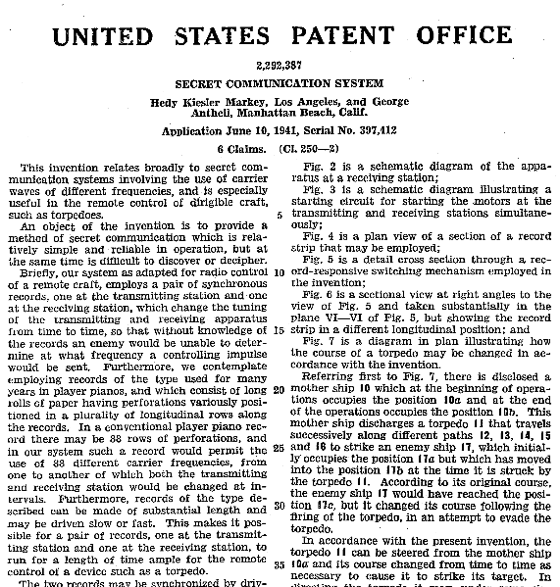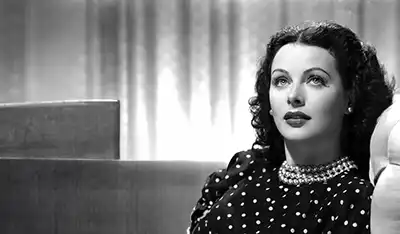
When we think of Hollywood, we often picture the glitter of the stars, red carpets, and films that have defined generations. Among the great icons of the Golden Age, few shone as brightly as Hedy Lamarr. Known for her stunning beauty and unforgettable roles, such as in the epic Samson and Delilah (1949), Lamarr was far more than a glamorous actress. Behind the spotlight was a creative and restless mind — an inventor whose work quietly shaped the technological world we live in today.
Born Hedwig Eva Maria Kiesler in 1914 in Vienna, Austria, Hedy grew up surrounded by intellectual curiosity. Her father, a banker fascinated by mechanics, encouraged her to explore how machines worked, planting the seeds of her passion for science at an early age. Her journey to Hollywood was meteoric, but life as a starlet did not satisfy her hunger for intellectual challenges.
During World War II, Hedy became deeply concerned about German U-boats sinking Allied ships with radio-guided torpedoes. That’s when, alongside her friend and neighbor George Antheil — an avant-garde composer and inventor — she devised an idea that would combine music and engineering: creating a communication system resistant to interception.
The result was the “Secret Communication System,” patented in 1942. Based on the principle of frequency hopping spread spectrum (FHSS), the method allowed the transmitter and receiver to rapidly switch between frequencies multiple times per second in a predetermined, synchronized pattern. The inspiration came from Antheil’s player-piano rolls, which, like a “frequency score,” ensured both systems hopped together across 88 different frequencies — the same number of keys on a piano.

This constant switching made it extremely difficult for enemies to detect or jam the signal. However, at the time, the U.S. Navy considered the technology too complex for the analog equipment available, and the idea was shelved for years. Only in the 1950s and 1960s, with the rise of solid-state electronics, did derivative concepts begin to find military applications.
The true impact on everyday life came decades later. The principle of frequency hopping evolved to become the foundation of technologies such as:
- Wi-Fi, which in its early versions used FHSS before adopting other methods;
- Bluetooth, which still uses variations of frequency hopping to avoid interference;
- GPS, which employs spread spectrum techniques to resist jamming and maintain accuracy.
In other words, the wireless connections you use to browse the internet, pair your headphones, or navigate by satellite have direct roots in a Hollywood star’s invention.
Despite her groundbreaking work, Hedy Lamarr only received official recognition for her technological contributions in the 1990s, when she was honored by the Electronic Frontier Foundation (1997). In 2014, she was inducted into the National Inventors Hall of Fame — fourteen years after her death.
Hedy Lamarr’s story is a powerful reminder that intelligence and creativity can flourish in the most unexpected places. She not only lit up Hollywood screens but also helped lay the foundations of wireless communication — an invisible legacy that still shines through every connected device we use today.

